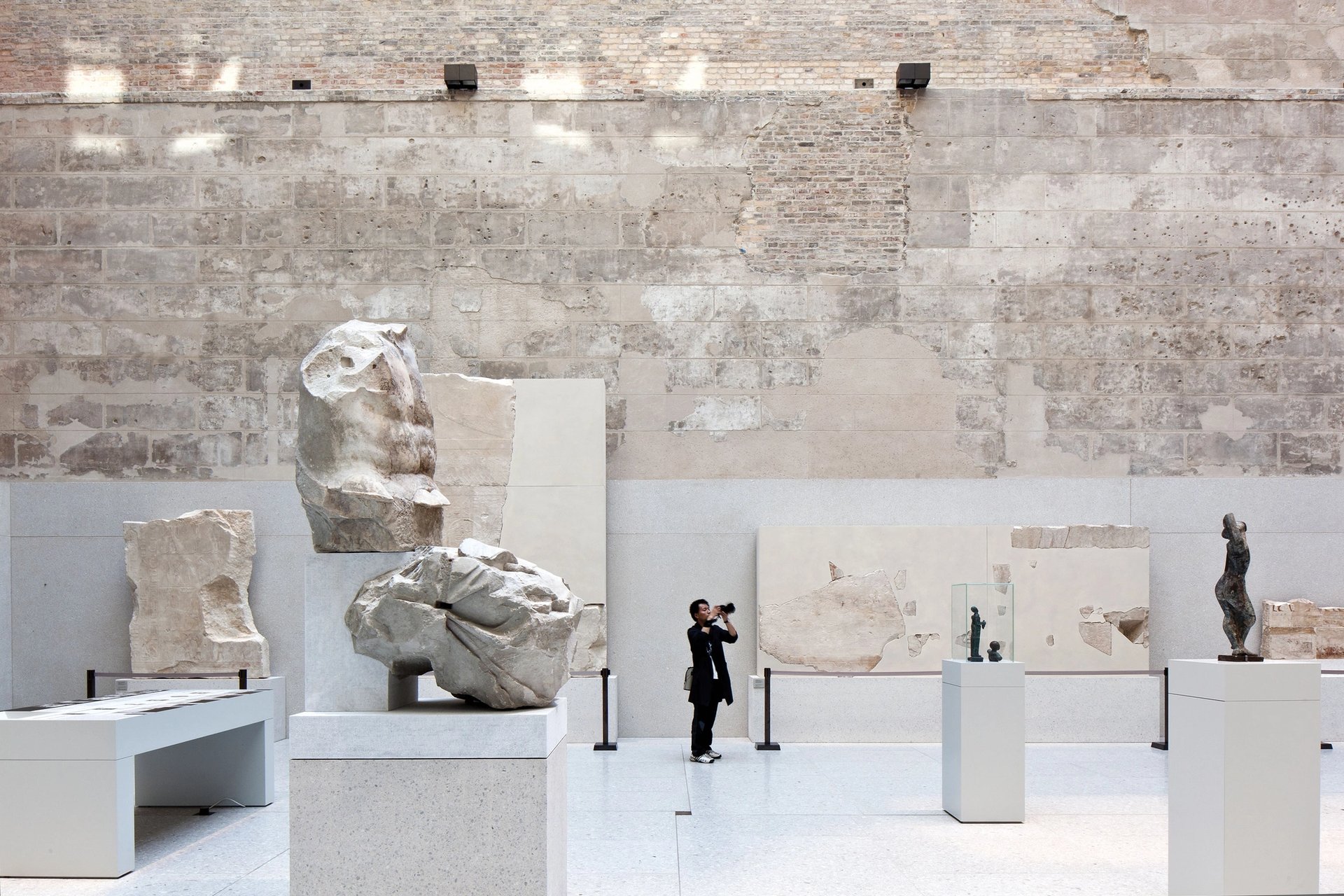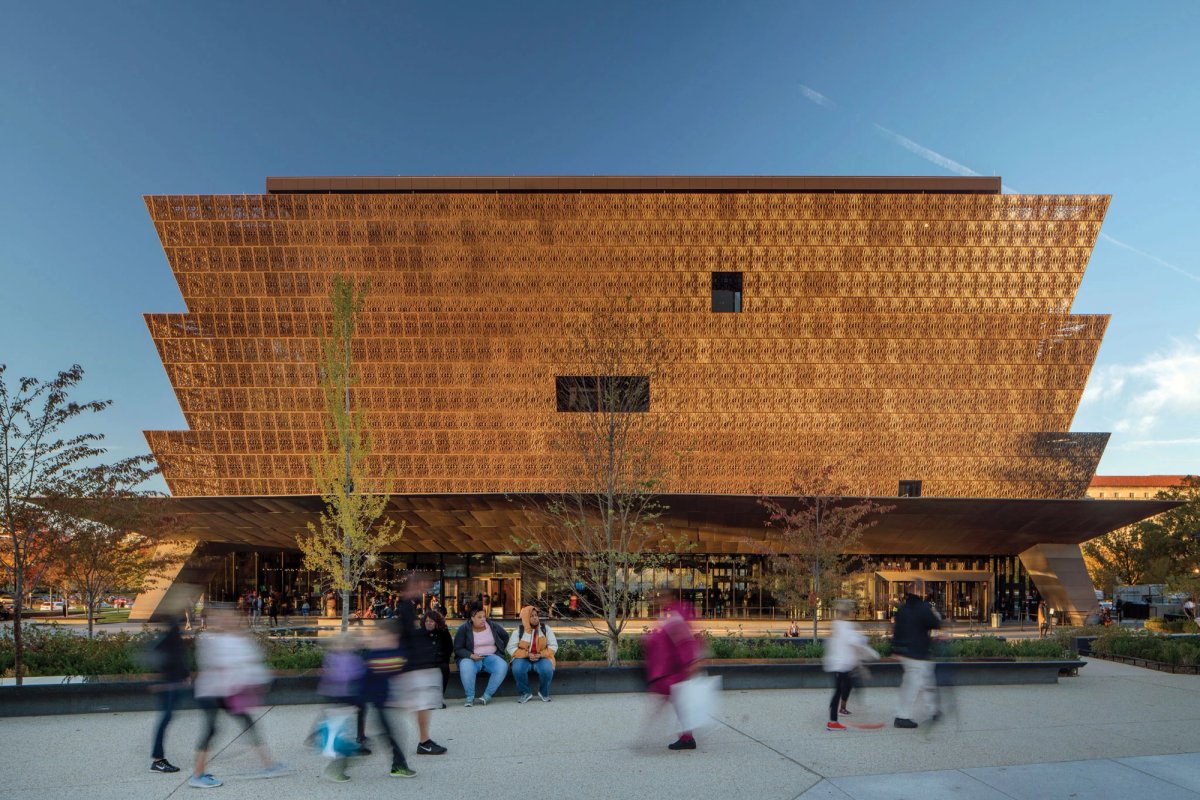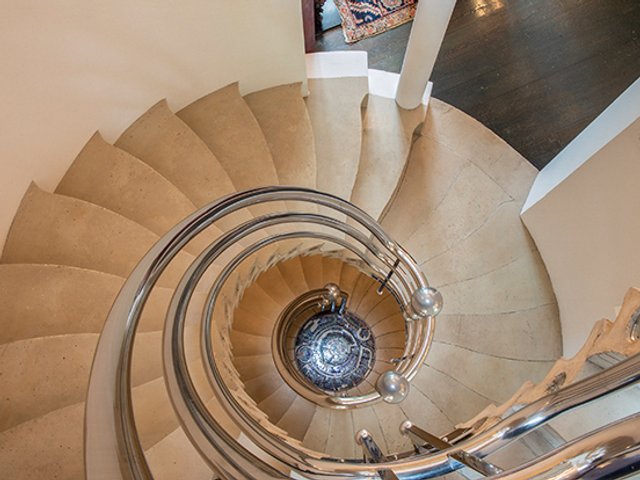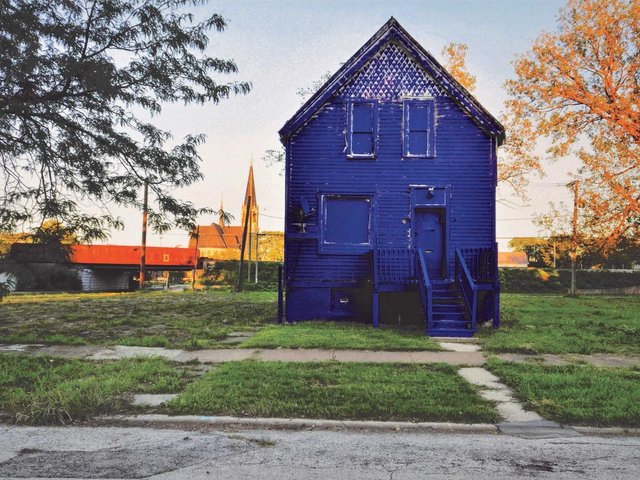In his 2020 book, The Future of the Museum: 28 Dialogues, the cultural strategist András Szántó spoke to museum directors around the world and discovered that institutions were “turning more democratic, community-focused, equity minded, culturally inclusive, and experiential, among other pivots”. For his latest book, Imagining the Future Museum: 21 Dialogues with Architects, Szántó spoke with David Chipperfield, Frida Escobedo and David Adjaye, among others, to find out “how the momentous changes of our era” are shaping museum architecture. Below he outlines three key takeaways.
First, architecture can be a counterpart to the evolving museology by shaping institutions that are more flexible, porous, human-centred, culturally responsive and ecologically responsible than previously. There appears to be a parallel aspiration in both architecture and in museums to turn hierarchical institutions into more lateral ones. If museum directors are urging museums to “get off their pedestals”, as one of them put it, architects are working to turn museums from “temples on a hill” to more welcoming spaces that are closely woven into the social, cultural, and natural fabric surrounding them.
Second, so-called starchitecture has lost its allure. This holds true even for those architects who have designed their share of dazzling museum edifices. The tension between architectural expressionism and restraint is nothing new. Still, there is a kind of reckoning in the field of museum design with the realisation that the tourist-candy structures that went up in recent decades did not succeed in truly making the art institution more accessible. With their white cubes and luxe finishes, they merely replaced one language of architectural authority with another. More humble attitudes about museum design have correspondingly brought about more collaborative, empathetic and listening-based approaches to the architectural process.

The Neues Museum in Berlin was renovated by David Chipperfield Architects Photo: © SMB / Ute Zscharnt for David Chipperfield Architects
Last, but not least, the pivot to a more open, welcoming, community-based museum does not mean having to surrender the museum’s distinctiveness, its magic. To the contrary, the architects I talked to fervently believe that the museum must hold on to its place at the centre of society. To do so, it can and should remain a place of refuge and comfort, delight and wonder. How will architects find that balance? Each one of them has their own answer.
• Imagining the Future Museum: 21 Dialogues with Architects, András Szántó, Hatje Cantz, 288pp, £22 (pb)





